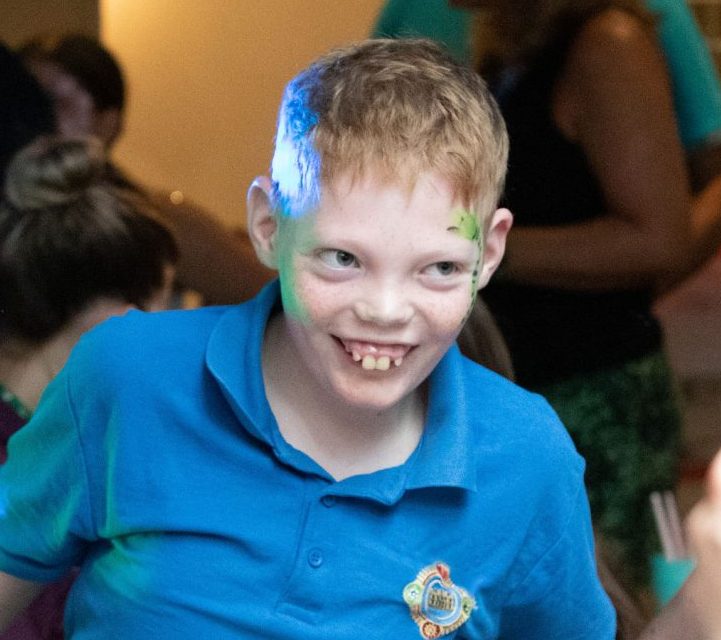
Seizures in Dravet Syndrome
Seizures in Dravet Syndrome change over time. Some individuals may experience periods of seizure freedom, but most will continue to experience seizures throughout their lifetime.

Dravet Syndrome is a clinical diagnosis, based on recognition of seizure types, the clinical course of the condition (e.g. developmental delays, comorbidities), and electroencephalographic (EEG) features.
Recent research suggests that the earlier Dravet Syndrome is diagnosed, the better the longer outcomes. It is also important to recognise that no matter the age of the patient (from infancy to late adulthood), diagnosis and the right treatment plan can change their life. It can mean less seizures, improved quality of life for them and their family, better management of comorbidities and improved intellectual outcomes.
Age of the first seizure
Initial types of seizure include:
Normal development during first year of life
EEG usually normal in first 1–2 years
In the second year myoclonic and atypical absences may appear
After 2–5 years, episodes of status settle
Seizure frequency high in the first decade of someone’s life
Long-term development
Adults with intellectual disability and epilepsy
In 2022, the ILAE updated the classification and definition of Dravet Syndrome. Read the ILAE paper.
The above information is a brief summary of the key characteristics of Dravet Syndrome. For more detail on the typical presentation of seizures, developmental delay/intellectual disability and other comorbidities, click on the links below.

Seizures in Dravet Syndrome change over time. Some individuals may experience periods of seizure freedom, but most will continue to experience seizures throughout their lifetime.

Children and adults living with Dravet Syndrome experience a number of associated neurodevelopmental conditions or health problems, known as ‘comorbidities’.

Everyone with Dravet Syndrome has some degree of intellectual disability. As with other features of the condition, there’s a spectrum of severity.

Children with Dravet Syndrome have an 85% likelihood of surviving into adulthood. Sadly, however, there is a significant risk of seizure-related premature mortality in children with the condition.

Download our diagnosis guide for healthcare professionals

Hear more from Professor Helen Cross about the key characteristics of Dravet Syndrome. Filmed at DSUK’s 2021 Conference.